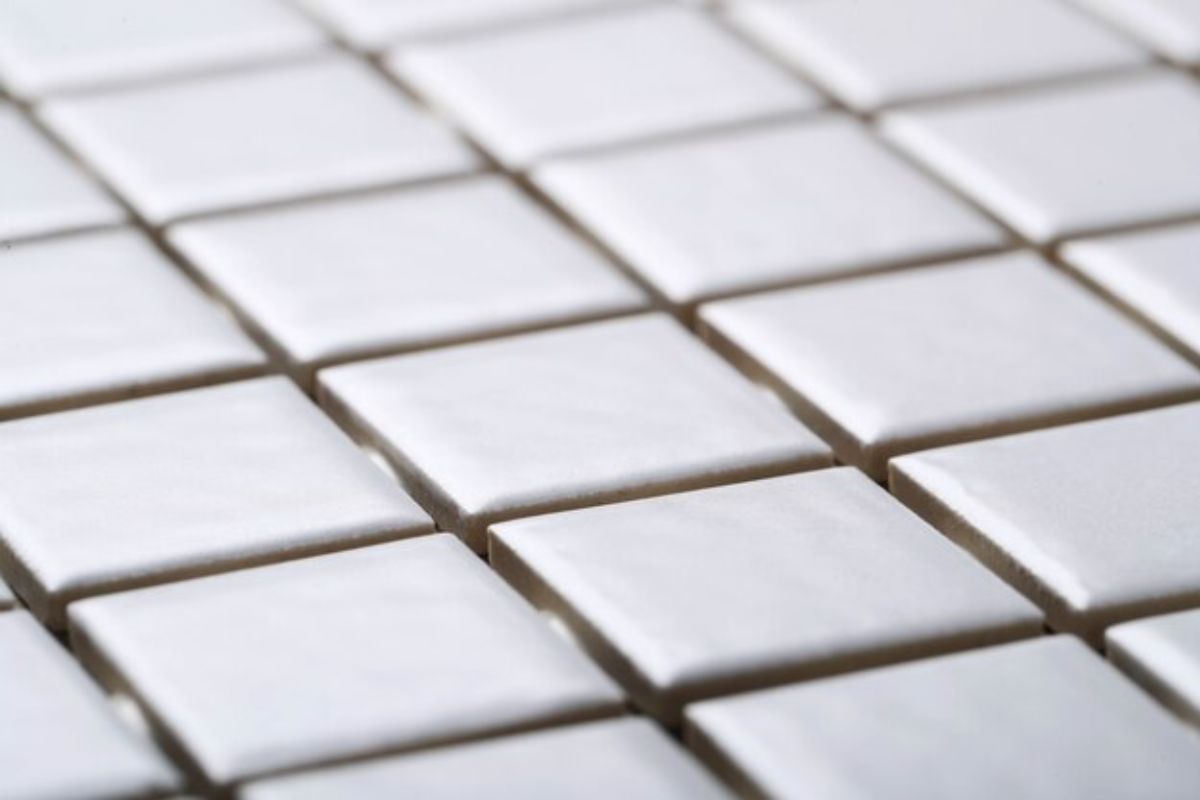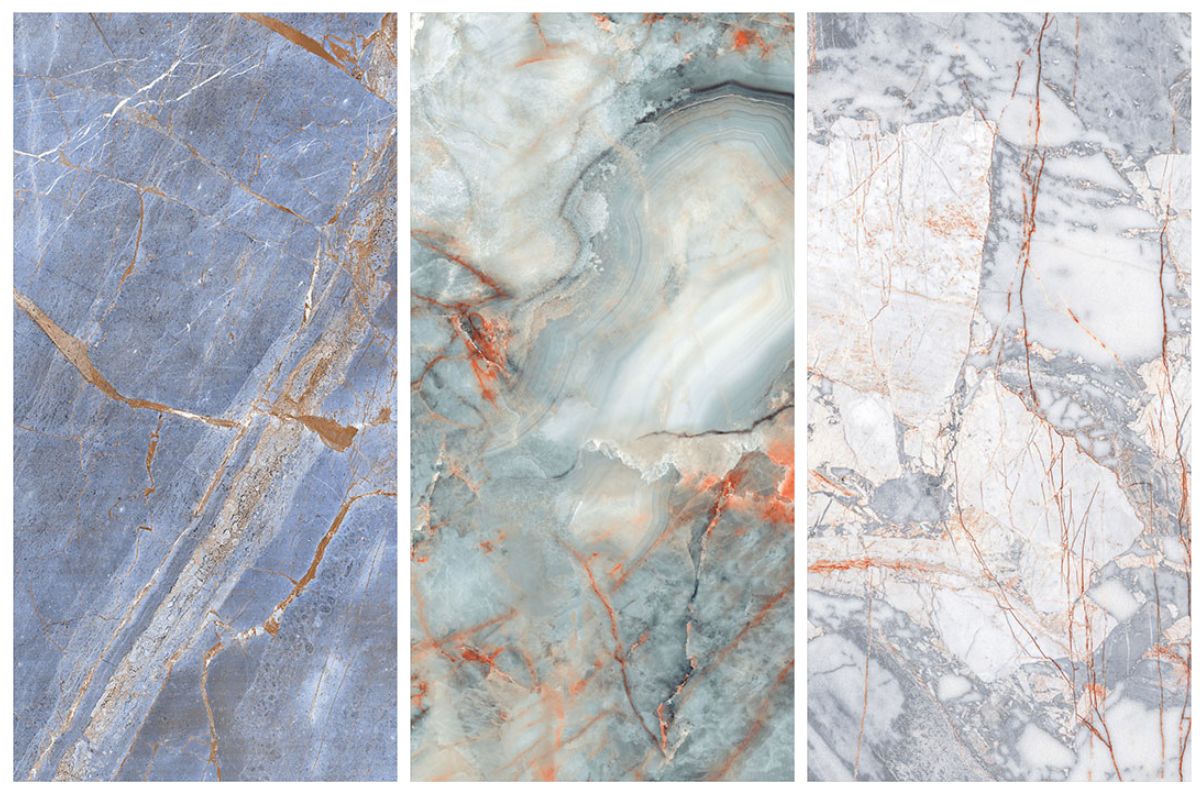Mosaic tiles design refers to a decorative art form that involves arranging small, colored pieces of materials, known as tesserae, to create a pattern or image. Mosaic tiles have been used for centuries, dating back to ancient civilizations such as the Greeks and Romans, and they continue to be a popular and versatile choice in contemporary design. The word "mosaic" itself is derived from the Greek word "mouseion," meaning a place of the Muses.
Characteristics of Mosaic Tiles Design:
-
Material Variety: Mosaic tiles can be made from a wide range of materials, including glass, ceramic, porcelain, stone, metal, and even recycled materials. Each material contributes its unique texture, color, and reflective properties to the overall design.
-
Small Size: The defining characteristic of mosaic tiles is their small size. These tiles are typically smaller than standard tiles, often ranging from tiny square fragments to more intricate shapes. The small size allows for intricate detailing and the creation of complex patterns.
-
Versatility: Mosaic tiles are incredibly versatile and can be used in various applications. They are commonly found in bathrooms and kitchens as backsplashes, shower designs, and flooring. However, mosaic designs are not limited to these areas and can be employed in artistic installations, accent walls, and outdoor spaces.
-
Color and Pattern: Mosaic tiles offer a vast palette of colors, allowing for the creation of vibrant and visually appealing designs. Artists and designers can play with color combinations to produce intricate patterns, geometric shapes, or even depict scenes and images.
-
Texture and Depth: The small size of mosaic tiles enables the creation of textured surfaces. By varying the heights of the tesserae, designers can add depth and dimension to the mosaic, enhancing its visual and tactile appeal.
-
Customization: Mosaic tiles offer a high degree of customization. Designers can create bespoke patterns and motifs tailored to specific themes or preferences. This flexibility allows for the integration of mosaic designs into a variety of architectural styles.
-
Historical Significance: Mosaic art has a rich history, with examples found in ancient ruins, religious buildings, and palaces around the world. The longevity of mosaic art showcases its enduring aesthetic appeal and cultural significance.
Popular Mosaic Tile Designs:
-
Classic Geometric Patterns: Timeless patterns such as herringbone, chevron, and hexagon are often recreated using mosaic tiles to add a touch of elegance to spaces.
-
Floral and Nature-Inspired Designs: Mosaic tiles can be arranged to depict flowers, vines, and other elements from the natural world, bringing a sense of organic beauty indoors.
-
Abstract and Contemporary Art: Mosaic tiles provide a medium for contemporary artists to create abstract and avant-garde designs, adding a modern touch to interior and exterior spaces.
-
Mural Reproductions: Famous paintings or murals are sometimes recreated using mosaic tiles, allowing art enthusiasts to incorporate iconic works into their living spaces.
Mosaic tiles design, with its rich history and contemporary versatility, continues to captivate designers and homeowners alike. Whether used for practical purposes in bathrooms and kitchens or as a form of artistic expression in architectural projects, mosaic tiles bring a unique blend of tradition and innovation to the world of interior and exterior design.
back




